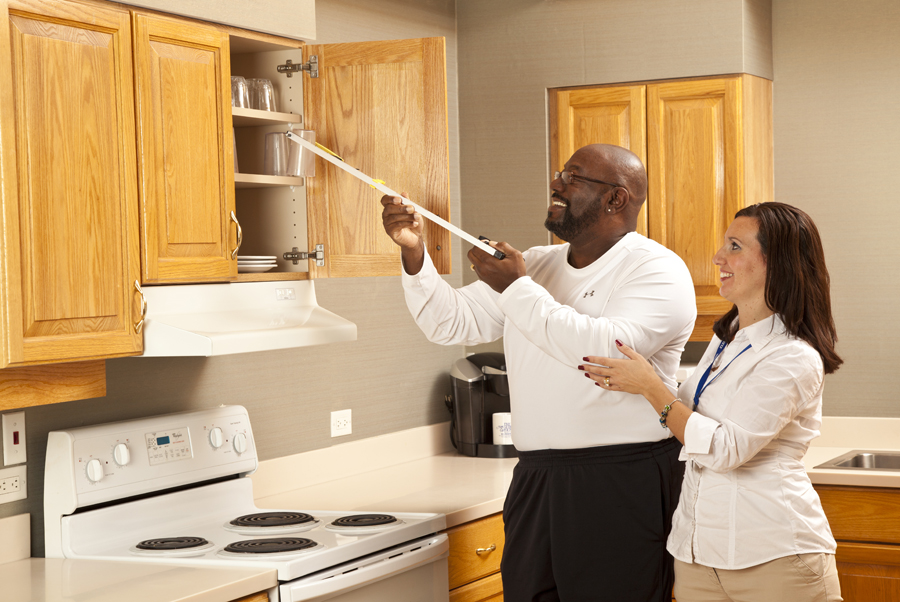Creative Approaches for Optimizing Cardio Exercise Regimen Through Research-Driven Practices
Wiki Article
Cardiovascular activity, often known to as cardio, is an integral part of a healthy lifestyle. It includes exercises that increase the cardiac rate, such as running, swimming, and cycling. When prescribing cardiovascular exercise, medical professionals aim to improve heart health, boost endurance, and support weight management. To improve these exercise prescriptions, it is crucial to incorporate evidence-based practices that are customized to personal needs. This approach ensures that people can attain their fitness goals while reducing the risk of injury and encouraging overall well-being.
One creative strategy for enhancing cardiovascular exercise is the implementation of personalized exercise plans. These plans take into consideration factors such as age, fitness level, and any current health conditions. By evaluating an individual's current physical status, professionals can create a further effective workout routine. For instance, a individual with a background of heart disease may need a different program compared to someone who is youthful and healthy. This personalized approach not only makes exercise safer but also further enjoyable, which can lead to better adherence to the program over time.
Incorporating technology into cardiovascular exercise recommendations is an additional effective strategy. Wearable gadgets, such as fitness trackers and smartwatches, can provide real-time data about cardiac rate, calorie burn, and activity levels. This information helps users monitor their progress and stay inspired. Additionally, mobile applications can offer guided workouts and reminders, making it simpler for users to adhere to their exercise plans. These technological tools assist in making informed choices about when and how to exercise, improving the overall effectiveness of cardiovascular routines.

Collective exercise settings can also serve a significant role in improving cardiovascular exercise adherence. Engaging in group classes or community events fosters a sense of belonging and motivation among participants. When people exercise together, they often encourage each other to work harder and stay committed. Social support can be a powerful motivator, encouraging people to attend workouts regularly. Furthermore, group activities can bring a variety of fun and engaging cardiovascular exercises, making workouts less monotonous and more appealing.
Finally, it is crucial to incorporate education about cardiovascular health in exercise prescriptions. Understanding the benefits of regular cardio can motivate individuals to prioritize their fitness. Offering information on how cardiovascular exercise fortifies the heart, improves circulation, and reduces the risk of chronic diseases can help users appreciate the significance of their workouts. Additionally, educating individuals on the necessity of gradually increasing exercise intensity can prevent burnout and injuries. By combining knowledge with practice, individuals are more likely to maintain long-term dedication to their cardiovascular health.
In summary, enhancing cardiovascular exercise recommendations through evidence-based practices is crucial for promoting heart health and improving overall fitness. Personalization, the use of technology, group activities, and education are all creative strategies that can physical therapy for shoulder rehabilitation improve the effectiveness of these exercise plans. By adopting these approaches, healthcare professionals can help individuals achieve their fitness goals while nurturing a sustainable and enjoyable exercise routine. Focusing on cardiovascular health is an commitment in one's future, and with the appropriate strategies in place, anyone can reap the benefits of a healthy lifestyle.